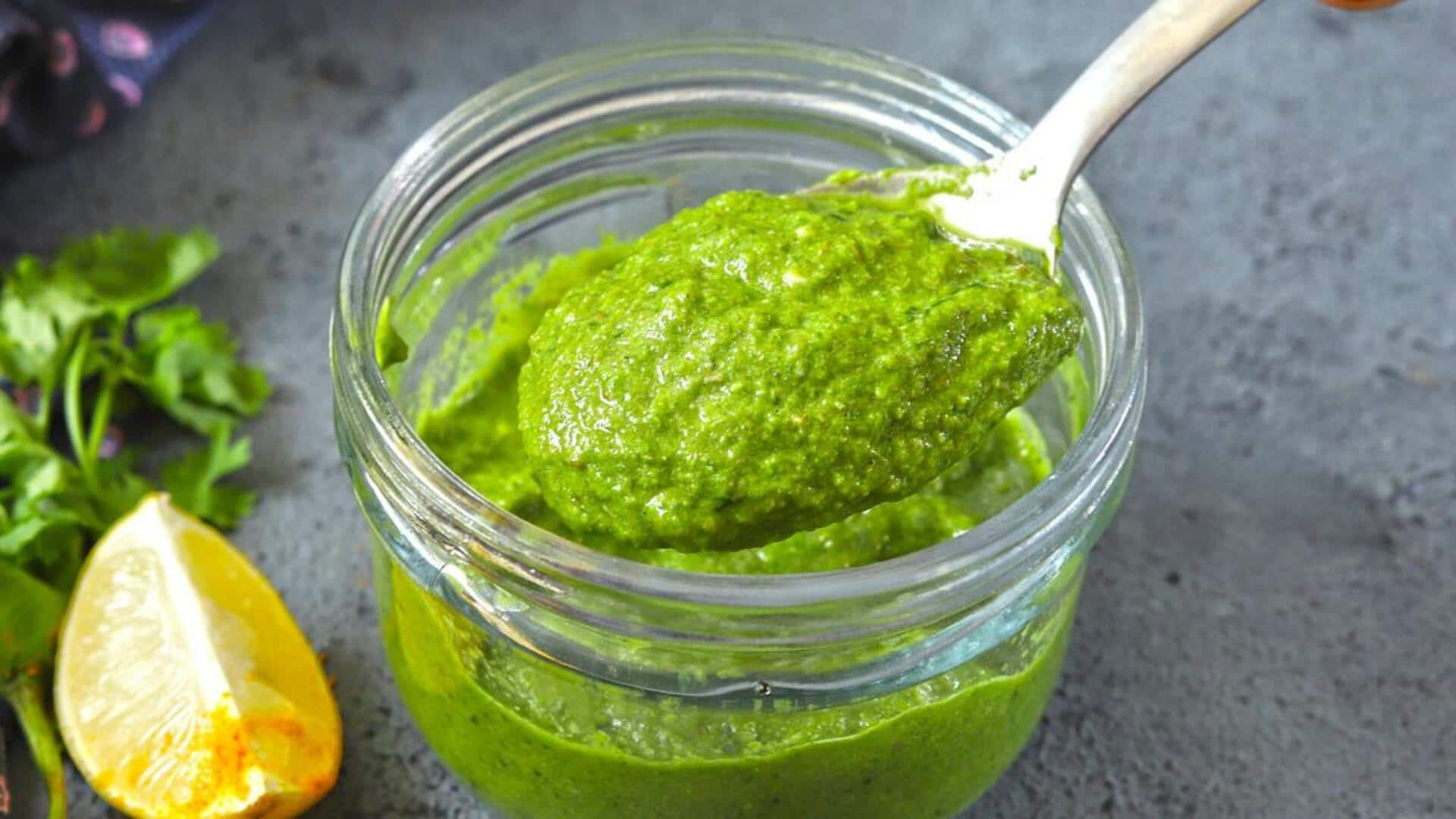
Chutney's journey: History, origin, and modern innovations
What's the story
Chutney, the delicious condiment, has been an integral part of culinary traditions for centuries now. From its ancient Indian origins, chutney has come a long way. From a simple mix of spices and herbs to the various kinds served on our plates today, chutney is a product of cultural exchanges and innovations in cooking techniques. Here's a look at its evolution.
Early beginnings
Ancient origins and ingredients
Chutney originated in ancient India, where it was first prepared with locally-available ingredients like fruits, herbs, and spices. These ancient chutneys were sometimes even used to preserve seasonal vegetables. Sweet, sour, and spicy flavors were created with the help of ingredients such as tamarind, mint, coriander, and jaggery. This simple formula gave rise to infinite variations that would eventually follow.
Cultural exchange
Influence of trade routes
As trade routes grew across Asia and Europe in medieval times, chutney started to use new ingredients brought in by traders. Spices such as cinnamon and cloves became popular additions. The exchange of culinary practices resulted in the adaptation of chutneys in various regions with a unique twist according to taste and what was available.
Global spread
Colonial impact on chutney recipes
The colonial era was instrumental in taking chutney beyond Indian shores. British colonizers acquired a taste for the condiment during their time in India and brought its recipes back home. In Britain, chutneys were adapted with locally available fruits such as apples or plums, and vinegar for preservation purposes—a practice that continues till date.
Contemporary varieties
Modern innovations in chutneys
In the past few years, we've seen a creative explosion in chutneys globally. From age-old family recipes to adventurous mixes, these combinations have exotic fruits/vegetables with unexpected spices/herbs (basil, lemongrass) on the side. They showcase global influences while remaining true to their versatile selves. They make any dish across cuisines (globally) better without losing their identity. One that's deeply embedded in history itself!